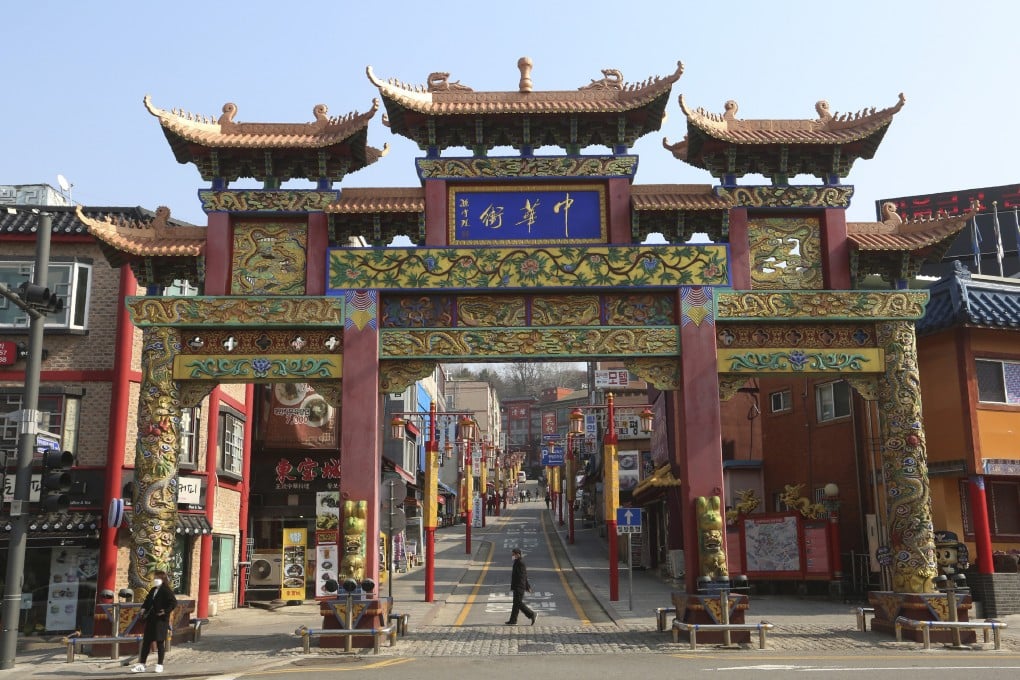How Seoul and Incheon’s Chinatowns tell stories of Chinese immigration to Korea
The history of South Korea’s two main Chinatowns also reveals the complex relationship between Korea and China over the past few centuries

Chinatowns are often portrayed as gritty underworlds riddled with prostitution, gambling and drug trafficking. Some of this is rooted in truth, but that unfair depiction is largely the result of rampant xenophobia and cultural ignorance, especially in the West. In a series of articles, the Post explores the historical and social significance of major Chinatowns around the world and the communities that shape them.
There are two Chinatowns of note in South Korea: one in Incheon, just outside Seoul, and one in Seoul’s Daerim neighbourhood.
Both not only tell the stories of Chinese migrants to Korea, but also the complex relationship between Korea and China over the past few centuries.
